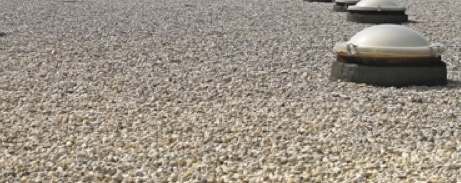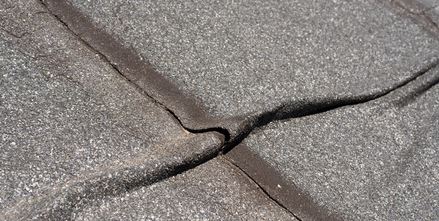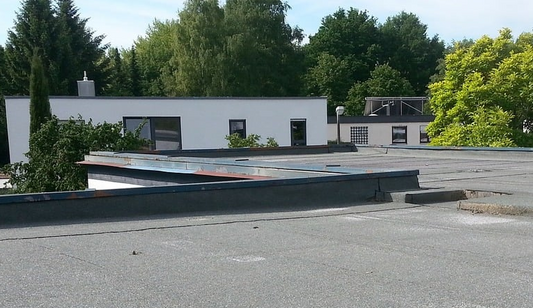Introduction
Choosing the best gravel for a flat roof isn’t just about look, it’s about protecting your roofing membrane, improving drainage, and extending your roof’s lifespan.
Whether you’re a contractor installing a new flat roof or a homeowner maintaining an existing one, understanding which gravel works best with which roof type, can make all the difference in performance and durability.
Why put gravel chippings on a flat roof ?
What exactly is the purpose of gravel on flat roofs ? Well, Gravel acts as more than a decorative finish - it’s a protective and functional layer that keeps your roof secure and weatherproof. Gravel is applied over many types of flat roofs to protect them from UV exposure, prevent cracking, and minimise water pooling.
On PVC single-ply or EPDM roofs, gravel also functions as ballast, adding weight that anchors materials and prevents wind uplift.
On bitumen flat roofing felt, stone chippings add a layer of protection that prolongs it's lifespan.
Key benefits of roof gravel include:
- Shields roofing membranes from UV rays and hail damage
- Prevents water pooling by assisting drainage
- Reduces heat absorption for improved energy efficiency
- Secures roofing layers without adhesives by acting as ballast
The Best Gravel Types for Flat Roofs

1. Granite Chippings
Durable and non-porous, granite roof chippings are ideal for felt roofs. Typically supplied in 4–6 mm sizes, this type resists weathering and matches classic roofing aesthetics.
2. Pea Gravel
Rounded and smooth, 6–10 mm pea gravel reduces puncture risk on single-ply systems (EPDM, TPO). It balances drainage efficiency with surface protection.
3. Limestone Chippings
Light in colour and reflective, limestone gravel helps reduce heat absorption, making it a great option for roofs exposed to direct sunlight.
4. White Marble or Reflective Aggregates
Often used on eco or inverted roofs, this gravel type enhances aesthetics and improves reflectivity to support energy-saving performance.
Choosing the Right Gravel Size and Weight

Selecting the correct gravel size prevents membrane damage and ensures effective ballast performance.
Recommended size: 6–10 mm stones for most flat roofs
Ideal ballast weight: 10–25 lb per square foot, depending on roof structure
Avoid sharp or oversized stones that may tear the membrane or cause uneven water distribution.
How to Apply Gravel on a Flat Roof
- Clean the roof surface of debris and standing water.
- Apply a cold gritting adhesive (or flood coat for bituminous roofs).
- Evenly distribute gravel, paying attention to perimeter areas.
- Ensure drainage outlets remain clear.
- For EPDM or PVC systems, loose-laid gravel should be distributed uniformly, ensuring consistent ballast coverage to prevent wind lift.
What type of gravel should you put on your flat roof?
We take a look at the best gravel types for flat roofs, including granite, pea gravel, and limestone chippings.
| Flat Roof Type | Recommended Gravel | Purpose |
|---|---|---|
| Built-Up Roof (BUR) | Pea gravel (6 mm) | UV and hail protection |
| Felt Roof | Granite or limestone chippings | Bond with hot bitumen |
| EPDM / PVC | Smooth pea gravel | Acts as ballast |
| Inverted / Green Roof | White marble | Reflective and decorative |
Maintenance Tips for Gravel Roofs

Proper maintenance is the key to longevity:
- Inspect gravel distribution twice a year for bare patches.
- Clear leaves or debris that may obstruct drains.
- Redistribute displaced gravel after storms.
- Schedule annual professional inspections for waterproofing integrity.
Common Mistakes to Avoid
- Using unwashed or sharp gravel that can puncture the membrane.
- Overloading ballast weight beyond design limits.
- Ignoring edge securement—use adhesive or perimeter trim where needed.
- Walking on loose gravel without pathways or protective boards.
Final Thoughts
Gravel stone chippings remains a tried-and-true method for protecting flat roofs from the elements while enhancing their lifespan and efficiency. Whether you choose granite chippings for durability or pea gravel for performance, the right installation and maintenance will keep your roof watertight, stable, and low-maintenance for decades.

See also:




